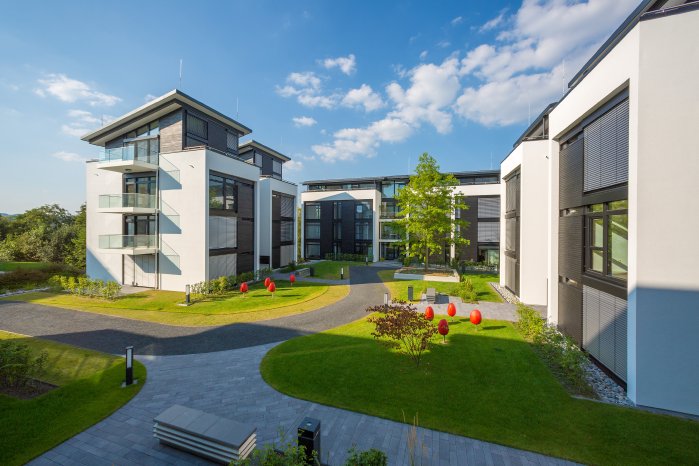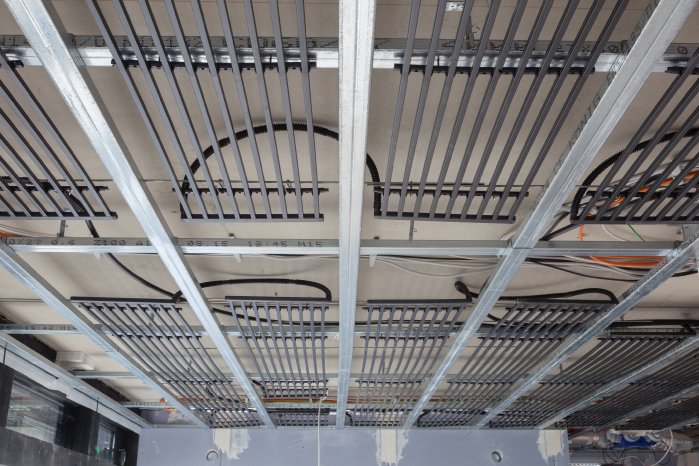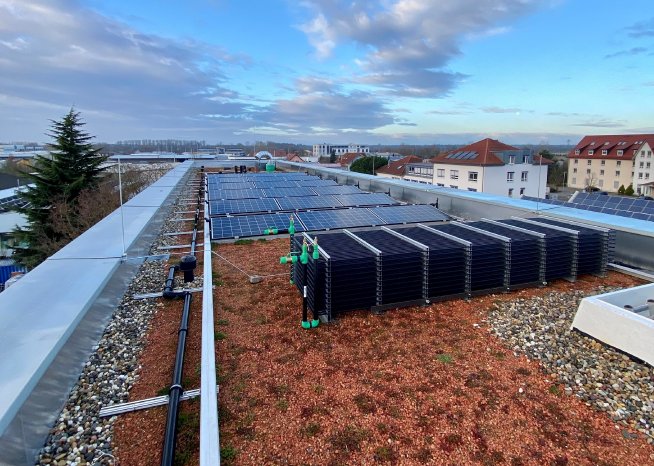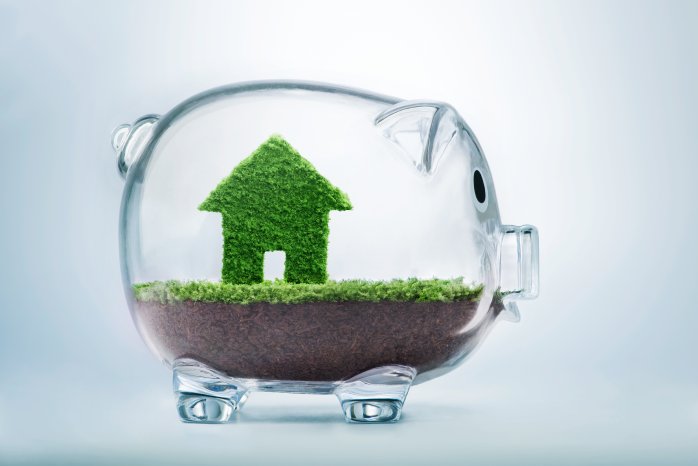Since 2019, the European Green Deal has tightened the previously set climate protection targets. The associated measures also include the EU taxonomy and this is linked to assessment criteria for the real estate industry.
Further measures of the EU taxonomy result from the ESG requirements. They are considered standard criteria for sustainable investments and decisions by investors, real estate owners, as well as municipalities and companies. In order to meet the ESG criteria, climate-protecting individual measures, such as the installation of photovoltaic systems or the improvement of thermal insulation, must be implemented.
Residential and office buildings that meet these criteria have a positive public image as they are considered to be as sustainable and energy-efficient as possible. Investors benefit from the sustainability and low operating costs of the buildings in which they have invested.
Compliance with ESG criteria is becoming increasingly important, as the construction industry accounts for a high proportion of global energy consumption and is responsible for a large proportion of energy and process related CO2 emissions. For all those involved in a construction project, such as architects, planners, and investors, energy-saving and sustainable measures for real estate are becoming increasingly important.
Environmentally friendly energy concept: HUF City Living
In order to reduce the costs for energy, there are a wide variety of concepts and construction methods. For example, the HUF City Living complex in Montabaur (Germany). It not only contains 44 residential units, unusual architecture and state-of-the-art technology also come together here. The exclusive residential project was built in accordance with the KfW 55 energy standard.
In HUF City Living, aquatherm black system was installed within the ceiling. This surface heating and cooling system from aquatherm made an important contribution to meeting this standard and was a significant component of the project.
Ice energy storage, photovoltaics, hot water collectors, and heat pumps were combined as energy sources in the sophisticated energy concept for these residential buildings. The aquatherm black system formed part of this concept asthe system is self-sufficient and invisibly installed within the ceiling or floor in all flats. The central element is the ice energy storage tank asthis feeds several heat pumps in the individual technical rooms of the buildings and is coupled with many solar double modules on the shedroofs of the houses.
Ice energy storage meets a power roof
This allows the ice store to bundle the energy from the ambient air, solar radiation, and the ground. Another part of the heating energy is covered by crystallisation energy and three buffer storage tanks, which generate the reserve energy without clocking the heat pumps, are used per house.
In order to be able to operate the heat pumps, photovoltaic systems were installed on the roofs. Significant savings can be made with the energy generated annually. Air absorbers can use the waste heat from the solar modules and cool them at the same time. Instead of using absorber pipes, the aquatherm black system is used here. In addition, the power roof has high surface efficiency.
The aforementioned double modules not only generate PV electricity, but also solar thermal heat. This heat is fed into the ice storage and the electricity generated is used to operate in the public areas such as building services and lighting. The flats can be cooled almost free of charge in summer with the surface heating and cooling system.
The combination of the three energy sources mentioned above is a resource-saving basis for the air-conditioning of the flats, as well as being low-maintenance and emission-free. Investors who rely on ice storage, heat pumps, and solar twin modules can save a lot of money in the long term on their residential buildings.
Saving energy costs in office buildings
The climate balance of office buildings is inferior to that of residential buildings. In addition, retail and hotel properties are also counted as commercial properties and in Germany these account for about twelve percent of the total building stock. On paper, this figure seems small. But this percentage consumes 40% of the total energy of all buildings in Germany.
There are now ways and means to measure the sustainability of buildings - such as the Sustainable Building Rating System (BNB). In addition, architects and planners are working with investors to construct office buildings that are (more) sustainable and climate neutral.
dekoGraphics meets its primary energy needs efficiently, environmentally friendly, and economically
The new building, which was built for the market leader in thermal transfer printing dekoGraphics in St. Leon-Rot near Heidelberg (Germany), contains a heat pump system with 45 kW heating capacity in combination with a 70,000 litre ice energy storage tank. In addition, there is a power roof including a photovoltaic arrangement and a charger system.
An important part of the overall set-up is - as with the HUF City Living example - the aquatherm black system, the harp-shaped pipe system made of the corrosion and UV-resistant plastic polypropylene. This was mounted as a solar air absorber on the flat roof of the building and filled with a water-glycol mixture. The system extracts heat from the ambient air and solar radiation, which is used as a direct source for the heat pump as well as for regenerating the ice storage tank.
Installed below the photovoltaic system, aquatherm black system also absorbs heat as an absorber surface and makes it available to the heat pump and the ice storage. In addition, the system contributes significantly to the cooling of the photovoltaic system thus increasing the efficiency of electricity generation. The power roof, with its ice storage and heat pumps, is currently one of the most efficient, environmentally friendly and economical heating systems in Germany.
Electrical energy can be used to drive the heat pump and other electrical consumers in the building. Thermal energy is used directly via the heat pump and stored temporarily in the ice store. All this occurs without harming the environment and allows dekoGraphics to make use of its properties and contribute sustainably to the reduction of CO2 emissions.
In the long term, the environment and investors benefit
If the measures and energy concepts presented in this paper are implemented, residential and office buildings can not only cover their own electricity needs, but also feed surplus electricity into the existing grid. Sustainable and energy-efficient buildings reduce their own operating costs, fulfil the ESG criteria set by the European Union, and make an important contribution to climate and environmental protection.






